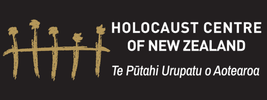DETAILS:
|
DIRECTIONS:
|
HOURS:
Monday: 10am - 1pm
Tuesday: 10am - 1pm Wednesday: 10am - 1pm Thursday: 10am - 1pm Friday: 10am - 1pm Saturday: Closed Sunday: 10am - 1pm |
|
